What These 10 Different Types of Therapy Can Be Useful For
Psychotherapy can benefit our mental health in different ways, as it can help us understand problematic emotions and behaviors and develop coping skills to address them. However, if you take a deeper look into the field, the wide variety of approaches available can be quite confusing.
5-Minute Crafts has prepared a guide to explain the basics of the most common types of therapy.
❗ Important: This article has been created for informative purposes only and does not replace professional advice. We recommend that you consult a psychologist if you are experiencing mental health issues and think you may need some kind of therapy.
1. Cognitive-behavioral therapy
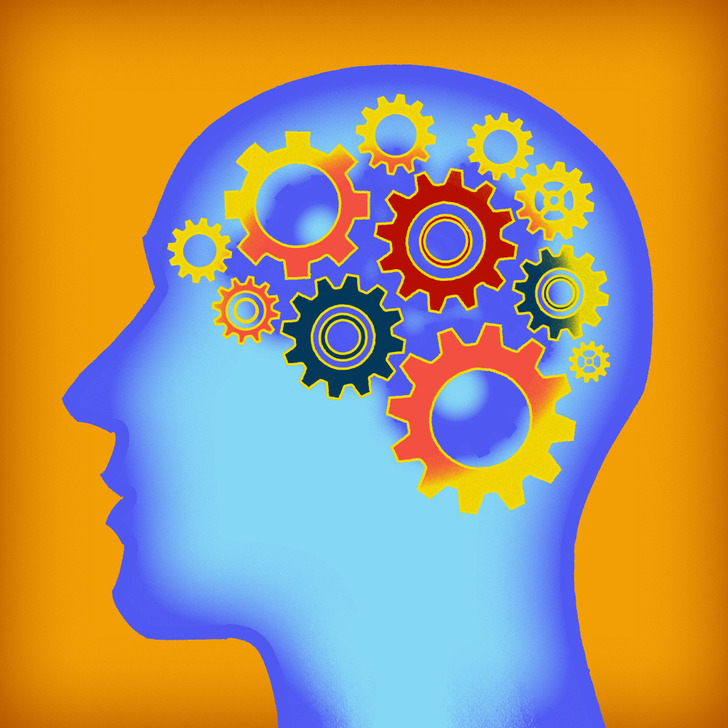
Also known as CBT, it’s a type of psychotherapy that addresses present issues and is based on the concept that how a person thinks and feels can impact the way they behave. Its main approach is problem-solving, and its objective is to modify a person’s thinking patterns so that they have a different response when going through difficult situations.
Cognitive-behavioral therapy can be used for distinct mental health issues, including anxiety, eating disorders, and general stress.
2. Dialectical behavioral therapy
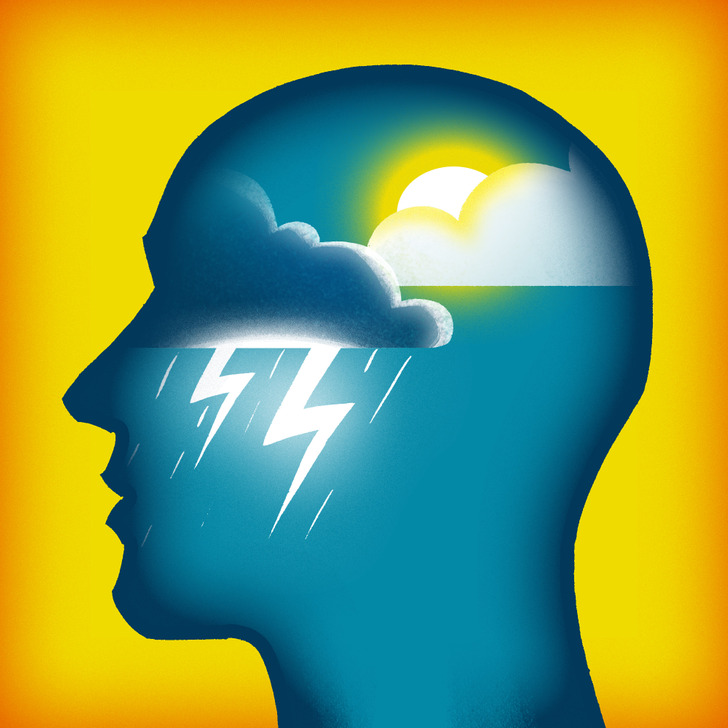
This type of therapy gives patients new abilities to handle painful emotions and minimize conflict in their personal relationships by focusing on 4 key aspects:
- Mindfulness: It helps the person improve their capacity to accept and stay in the present moment.
- Distress tolerance: It increases the person’s tolerance of their negative feelings instead of trying to avoid them.
- Emotion regulation: It provides tools to handle and adjust intense emotions that are causing difficulties in a patient’s life.
- Interpersonal effectiveness: It consists of strategies that allow an individual to communicate with other people in an assertive way, maintaining self-respect and strengthening their relationships.
Dialectical behavioral therapy originated as a treatment for borderline personality disorder. However, research has shown that it can benefit patients with different mental health issues, including eating disorders, post-traumatic stress, and bipolar disorder.
3. Existential therapy
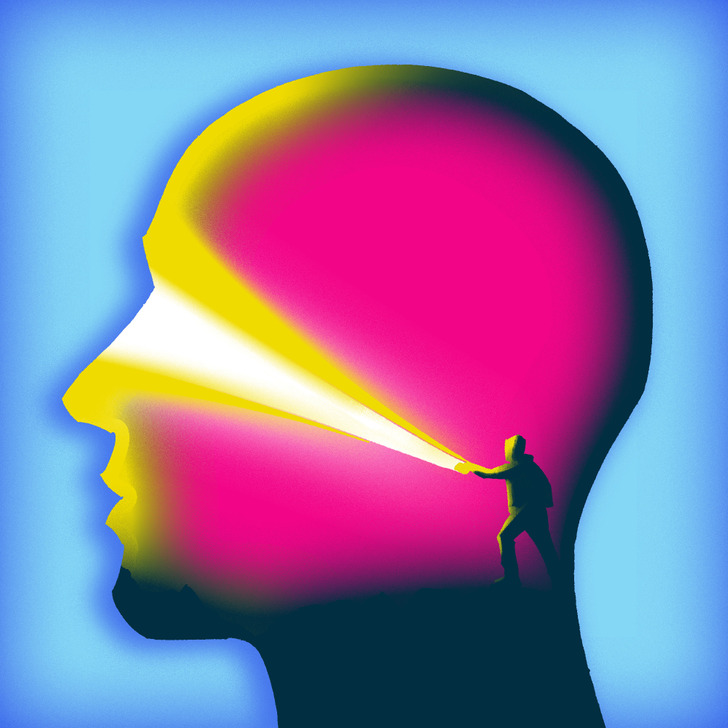
This type of therapy is centered on self-determination, free will, and the hunt for meaning, usually focusing on the person instead of the symptom. Existential therapy is based on the person’s ability to choose rationally and develop themselves to a maximum level by emphasizing the following:
- Everyone has the skill of self-awareness.
- Everyone has an individual identity that can be understood only by interacting with others.
- Everyone must constantly reconstruct themselves, as life’s meaning is always changing.
- Anxiety is just part of our reality.
This approach has been used to treat a wide range of symptoms, including apathy, alienation, shame, and resentment.
4. Gestalt therapy
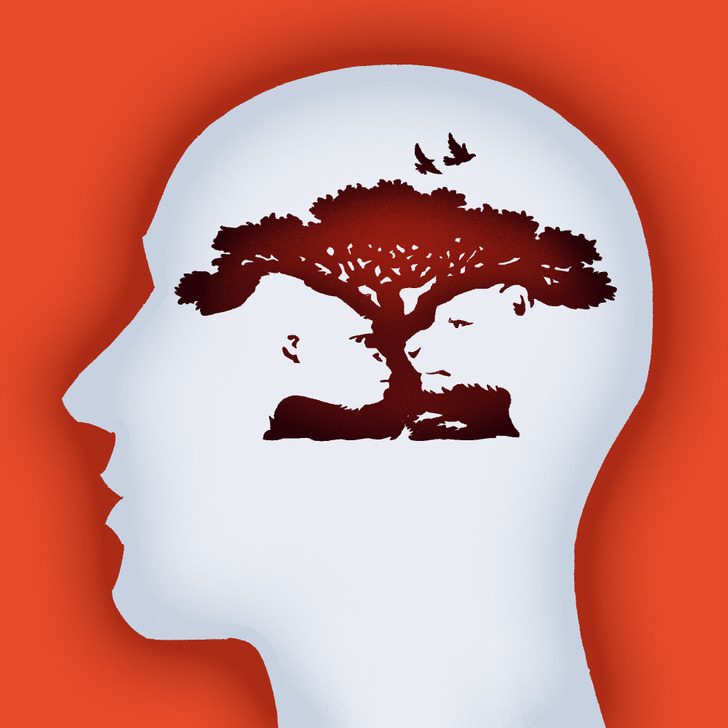
This type of therapy takes a patient-centered approach that helps a person focus on their current lives and understand what is really going on in the present instead of what they may believe to be happening according to their past experiences. Here, the patient is encouraged to experience past events by reenacting them. This way, the person becomes more conscious of how their negative behavior and thinking patterns are interfering with their true self-awareness and preventing them from being happy.
Gestalt therapy can benefit individuals who are going through different problems, including those dealing with self-esteem issues, relationship difficulties, and anxiety.
5. Humanistic therapy
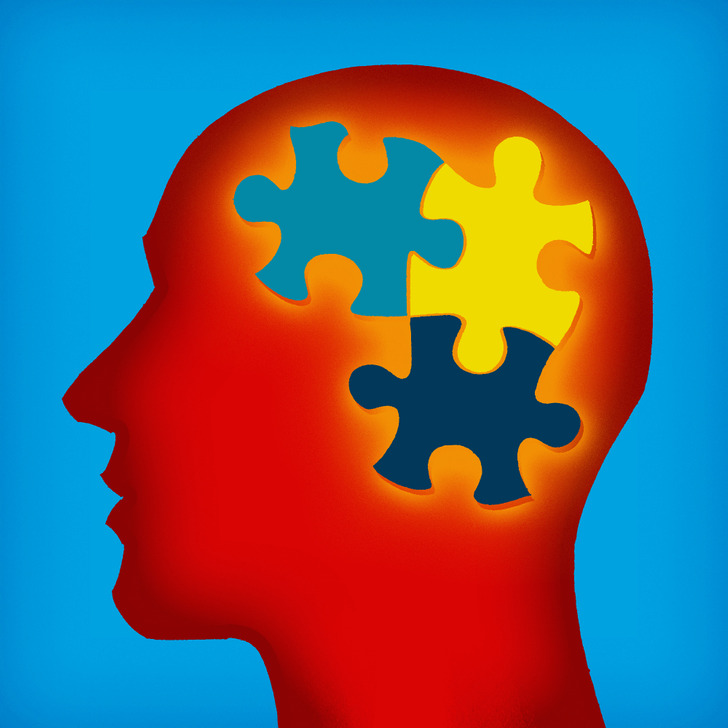
It focuses on the patient’s individual features and observes the whole person. Humanistic therapy not only involves the therapist’s point of view but also implies the perspective that each person has over their own behavior. The focus is on the person’s positive characteristics and behavior, and their ability to find growth, healing, and wisdom through their personal instinct.
Humanistic therapy can be used to treat personality disorders, addiction, anxiety, and other mental health issues.
6. Hypnotherapy
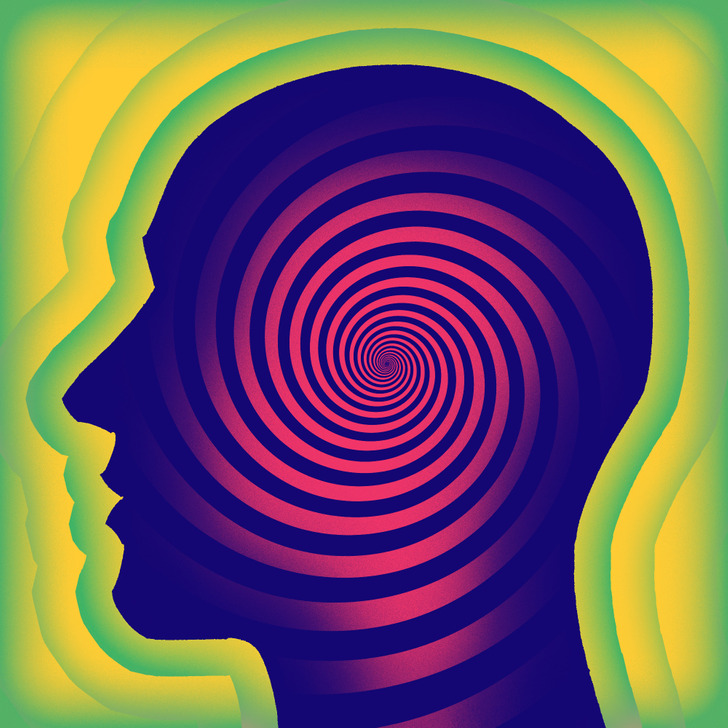
It consists of a guided sleep-like state conducted by a clinical hypnotherapist. This hypnotic state is very similar to being immersed in a movie, music, or meditation. Hypnotherapy helps the person focus inward and use the resources found within themselves that can work as tools to make significant changes or recover control in specific aspects of their lives.
This type of therapy can be used in the treatment of anxiety, phobias, and bad habits, as well as a strategy to improve communication, sleep, and learning disorders.
7. Integrative therapy
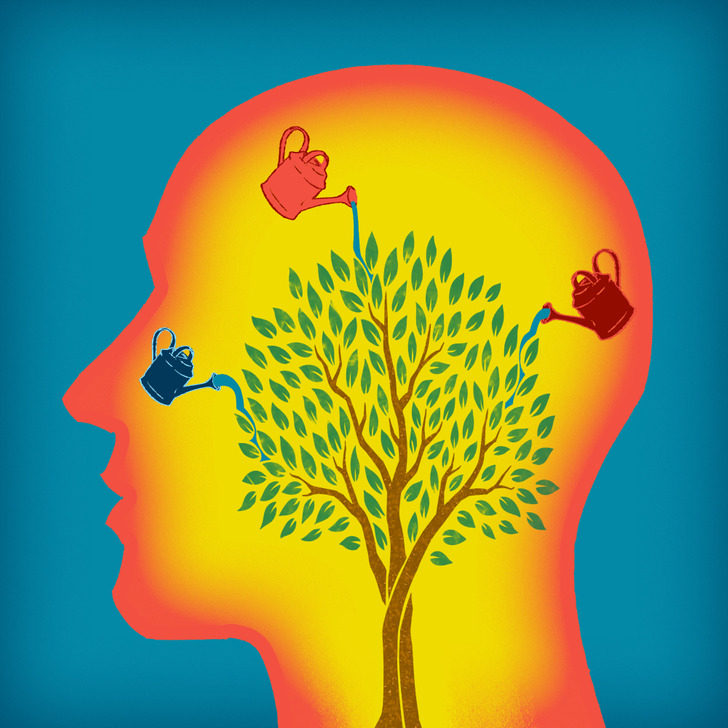
This is a progressive type of psychotherapy that integrates different approaches to find one that suits an individual patient in the best possible way. In other words, the professional adapts traditional treatments to meet the needs of each person, which makes this particular type of therapy more inclusive and adjustable than other forms of psychological treatment.
Integrative psychotherapy can be used to treat adults, adolescents, and children, and can benefit people going through different mental health issues, including anxiety and personality disorders.
8. Person-centered therapy
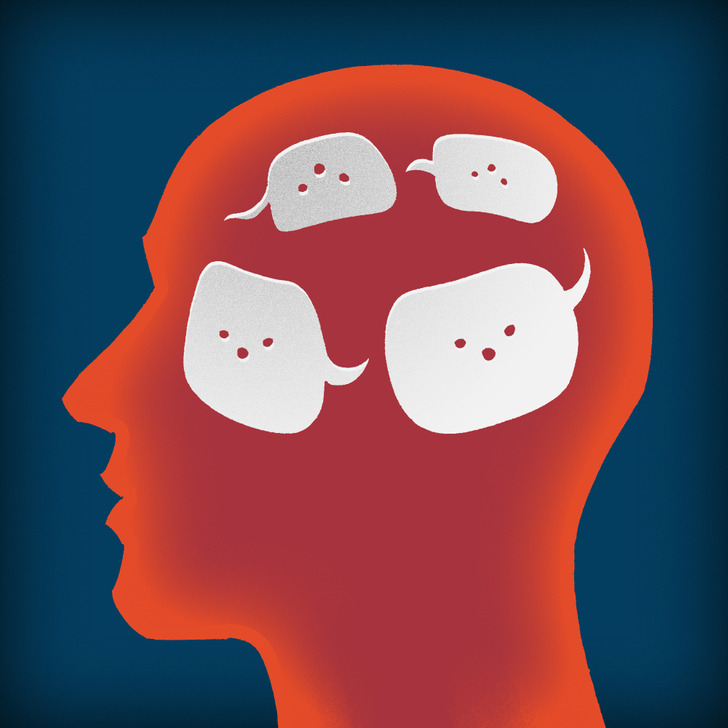
This type involves a non-authoritative perspective in which the patient is allowed to lead the conversation in order to get to their own solutions. The therapist takes the role of an understanding facilitator who listens without judgment and acknowledges the person’s speech without trying to move the discussion in a certain direction. In other words, the therapist supports the patient in their way of self-discovery without interrupting this process.
Person-centered therapy can be used to treat people with different mental health conditions, including individuals who are going through grief, anxiety, and stress.
9. Psychodynamic therapy
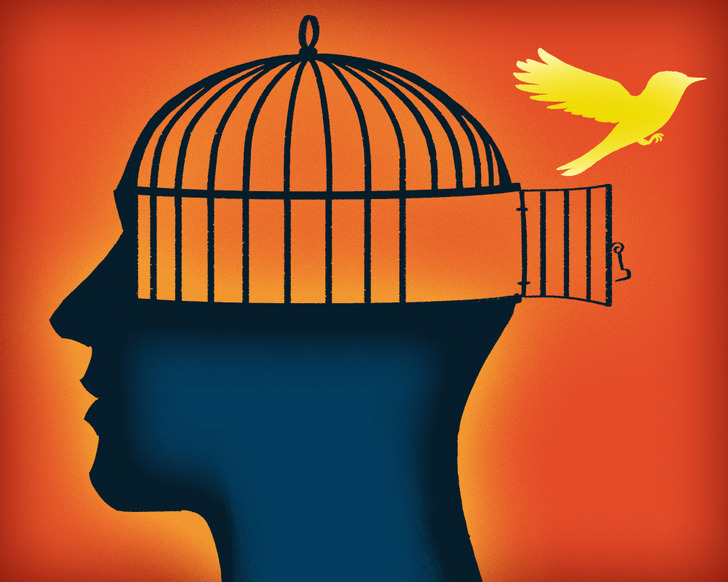
This is a type of talk therapy based on psychoanalysis. However, psychodynamic therapy draws its attention to the person’s connection with the external environment rather than on their relationship with the therapist. Here, the patient will explore the link between their unconscious mind and their behavior, as well as look into their feelings, thinking patterns, and personal relationships.
Psychodynamic therapy can be used as a treatment for social anxiety issues, eating disorders, and relationship difficulties.
10. Rational emotive behavior therapy
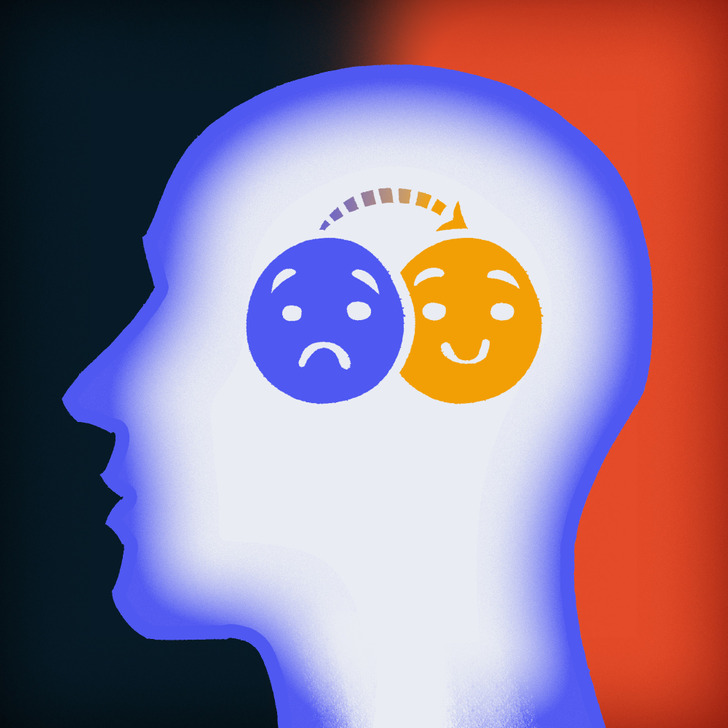
Rational emotive behavior therapy, also known as REBT, is a form of psychotherapy that encourages a person to recognize problematic beliefs and emotions, assess the rationality of these, and replace them with positive, more productive thoughts. This approach focuses mainly on the present time to help the patient identify how negative beliefs can lead to emotional distress, which results in unhealthy behavior that affects a person’s life goals.
REBT can be used to manage negative emotions and behaviors, including guilt, anger, unhealthy eating, and procrastination.
Bonus: how trauma therapy works
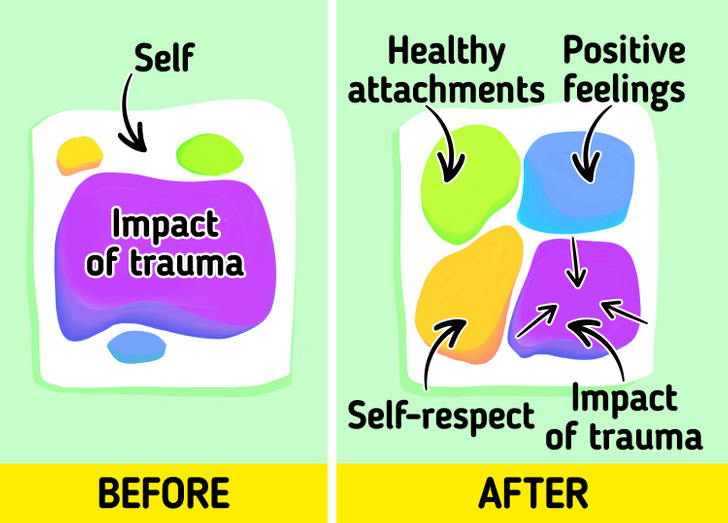
It is a specific approach that describes how the traumatic experience impacts a person’s mental, behavioral, emotional, physical, and spiritual well-being. Not many people know that trauma not only causes post-traumatic stress, but it can also physically change our brains.
The picture above describes how trauma therapy can help a person. It offers you skills and strategies that will help to create a healthier and more adaptive meaning of the experience that took place in your life.